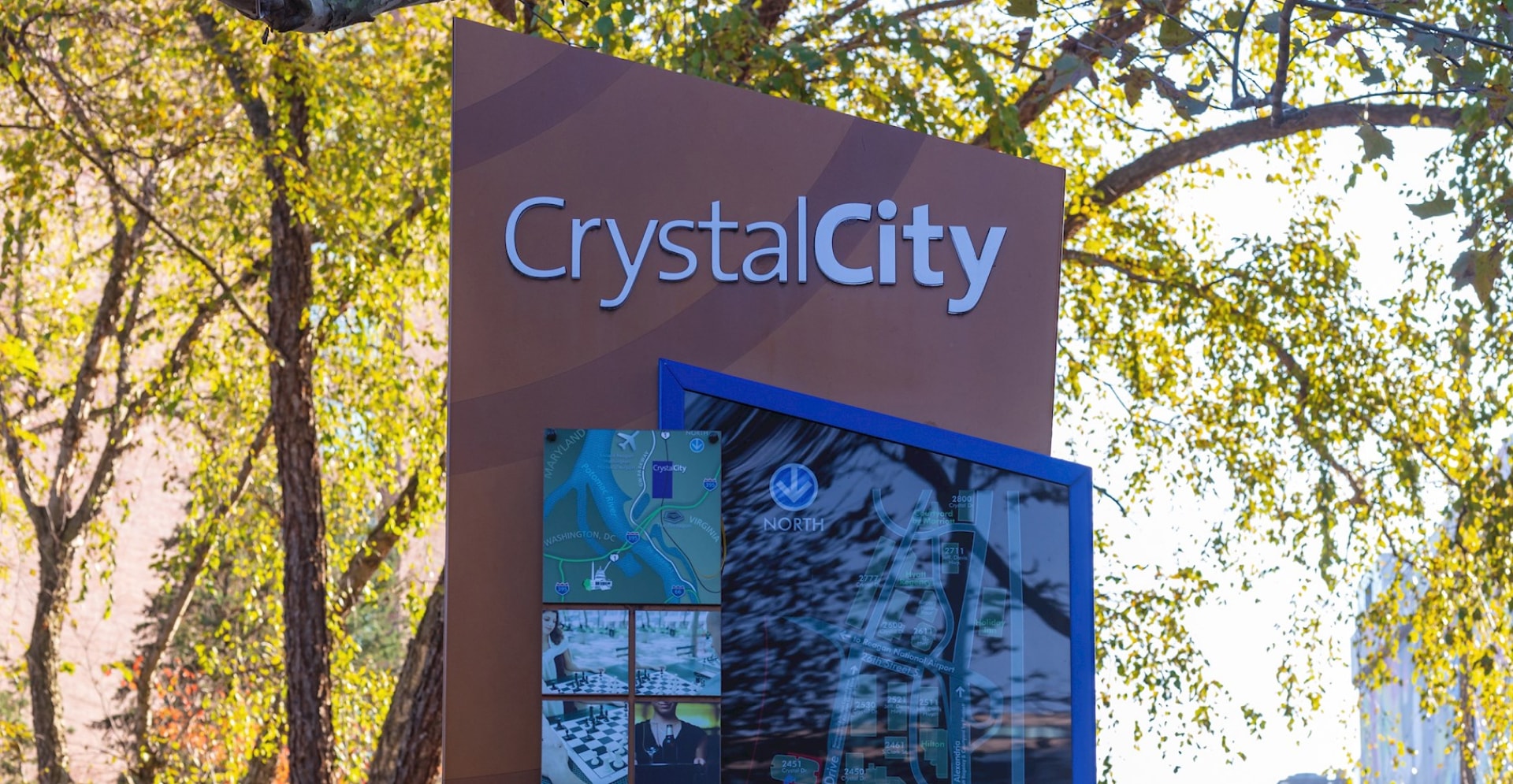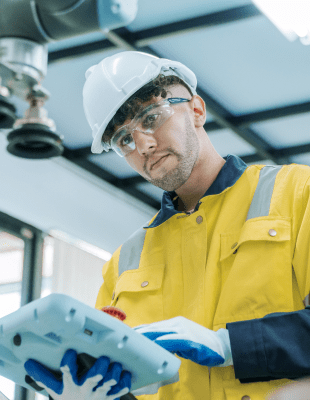Wanted: A sustainable second home
A close look at Amazon’s request for proposals (RFP) highlights how the company’s top priorities related to sustainability attributes measured in Arcadis’ 2018 Sustainable Cities Index (SCI). Amazon’s wish list was a forward-looking commitment spread across the SCI’s People, Planet, and Profit sustainability pillars.
Amazon might not have been stressing sustainability per se. Perhaps it was simply looking to recreate the environment at their current headquarters. Well, Seattle just happens to be a beacon of balanced sustainability; it’s the only North American city to score in the top 20 globally across all three pillars.
But most North American cities exhibit average scores relative to the rest of the world. They’re well-managed, but their future sustainability is unassured. Fittingly, cities in this subcategory – called Post-industrial Opportunists in the report – made up over half of the HQ2 finalists,1 underscoring the fierce competition these urban areas engage in to attract talent and businesses. As more bidding wars like the one for Amazon HQ2 arise, embracing citizen-centric techniques for developing sustainability could be what separates the haves from the have nots.
Crystal City’s pledge to replicate Seattle’s sustainability made an incredible difference. Other candidates might have been more ready-made for a major corporate headquarters, but Amazon’s focus was years – if not decades – in the future.
Nurturing the talent pool
A deep well of talent is an oasis for a company on the move. The greater Washington area is home to 264,000 tech workers, outpaced only by New York and the combined San Jose and San Francisco metro areas.2 Amazon was surely enticed by the strong crop of workers, but it had eyes on long-term talent development as well. Their RFP stressed K-12 tech education programs along with partnerships with local colleges and universities to develop the future labor pool. Despite the potent tech workforce and a reputable public school system, a look into the SCI People pillar reveals that Washington, DC (Crystal City was not evaluated for the SCI report) scored 0% on University Technology Research.3 Shoring up this weakness was imperative.
To close the gap, Crystal City will invest $375 million in secondary education over the coming decades. It’ll help establish new master’s degree programs in computer science and related fields at George Mason’s Arlington campus as well as Virginia Tech’s Innovation Campus in Alexandria, both of which are subject to a one-to-one match from the universities with philanthropic funds.4
The radical investment points to the growing competition among cities with average sustainability scores. Substantial ventures like this might be the only way for a city to differentiate itself from its peers.
Connectivity is king
Along with a talent pipeline, the potential for local and global connectivity was critical to Crystal City’s candidacy. Amazon wanted a location that could leverage “sidewalks, bike lanes, trams, metro, bus, light rail, train and additional creative options” to allow seamless interactions between working teams and global trade at large.
Crystal City bills itself as home to Virginia’s largest walking downtown, but its transportation infrastructure is lacking. To make the most out of its proximity to Washington, DC and prepare for the increased travel demands, it is implementing $342 million mobility overhaul. Planned improvements include:
- Additional Metro station entrances at Crystal City and Potomac Yard.
- Improvements to U.S. Route 1.
- A connector bridge from Crystal City to Washington National Airport.
- A transitway expansion supporting Pentagon City, Crystal City, and Potomac Yard.4
For bidders that got passed over, addressing mobility concerns could mean the difference when the next opportunity arises. Infrastructure is a tenet of sustainability, and applying the lessons learned in preparing their bid can form the basis of a more connected citizen experience.
Reliable transportation networks, pothole-free streets, and fast Wi-Fi, all of which can be influenced by local governments, enhance day-to-day life and help attract companies considering a relocation.5
Strike while the iron is hot
HQ2’s fast and furious bid process had a unique effect on cities and urban areas. It sparked valuable conversations around sustainability and forced each location to take a hard look at their strengths and shortcomings.
All is not lost for those Amazon didn’t select. Even if a big corporation isn’t “house hunting” in the area, using the HQ2 process as a catalyst citizen-focused programs creates fertile ground for future investments and homegrown success stories, too.
Sources:
- H2 finalists Atlanta, Chicago, Dallas, Denver, Indianapolis, Los Angeles, Miami, Philadelphia, Pittsburgh, Toronto, and Washington, DC were categorized as Post-industrial Opportunists in the SCI report.
- For Amazon, HQ2 location decision was about talent, talent, talent. (2018, November 13). Accessed on November 26, 2018 at https://www.brookings.edu/blog/the-avenue/2018/11/13/for-amazon-hq2-location-decision-was-about-talent-talent-talent/
- Determined by the ranking of the city’s top performing university in the technology and engineering fields as well as the number of top-200 universities for research in the fields according to QS World University Rankings.
- Amazon Plans Average Wage Of $150,000, New Virginia Tech Campus And More For Crystal City Expansion. (2018, November 13). Accessed on November 26, 2018 at https://www.forbes.com/sites/amydobson/2018/11/13/amazons-crystal-city-plans-include-average-wage-of-150000-new-virginia-tech-campus-and-more/#32e059a21fa0
- Your city didn’t win the Amazon HQ2 beauty pageant. Now what? (2018, November 13). Accessed on November 27, 2018 at https://www.brookings.edu/blog/the-avenue/2018/11/13/your-city-didnt-win-the-amazon-hq2-beauty-pageant-now-what/






